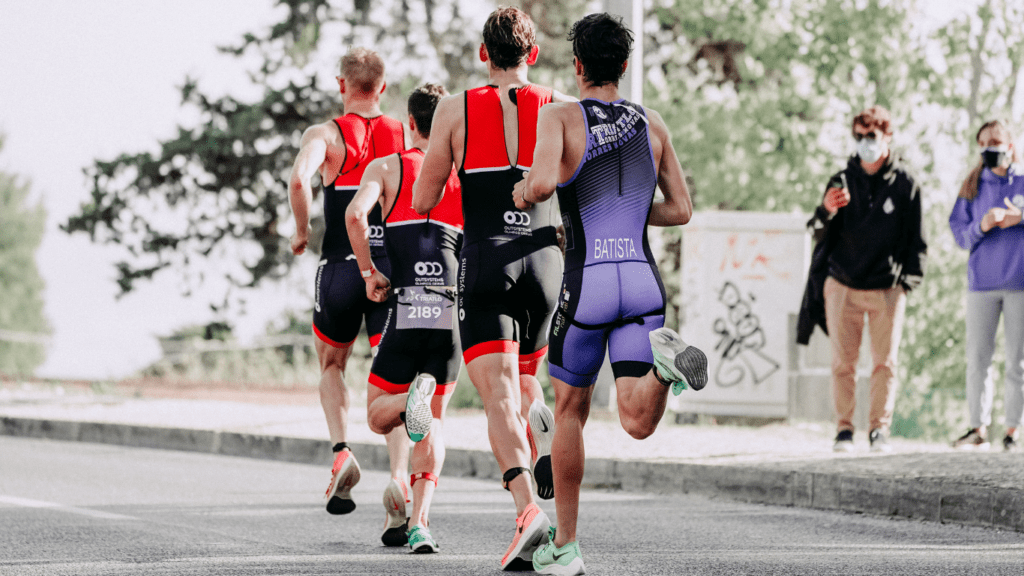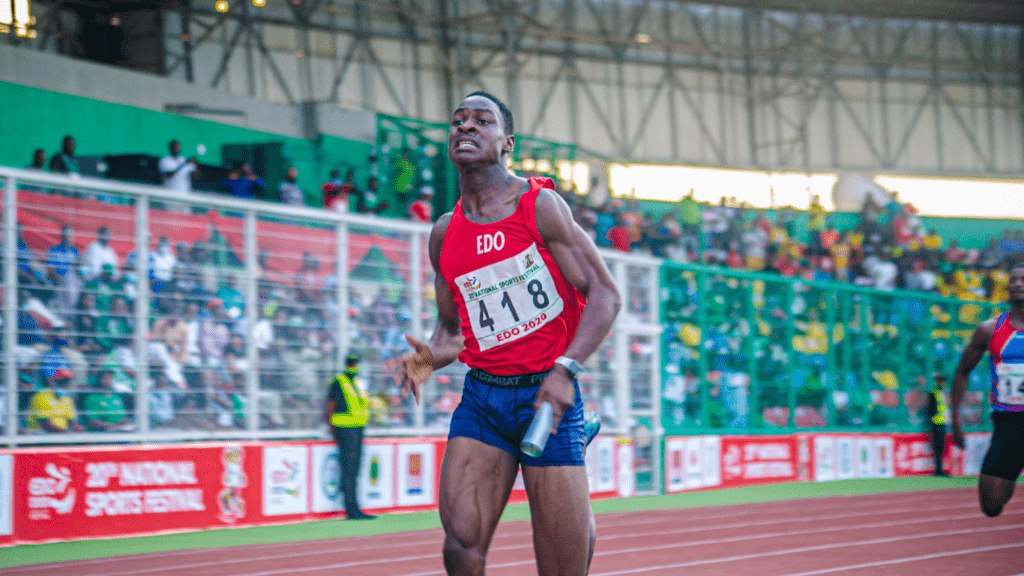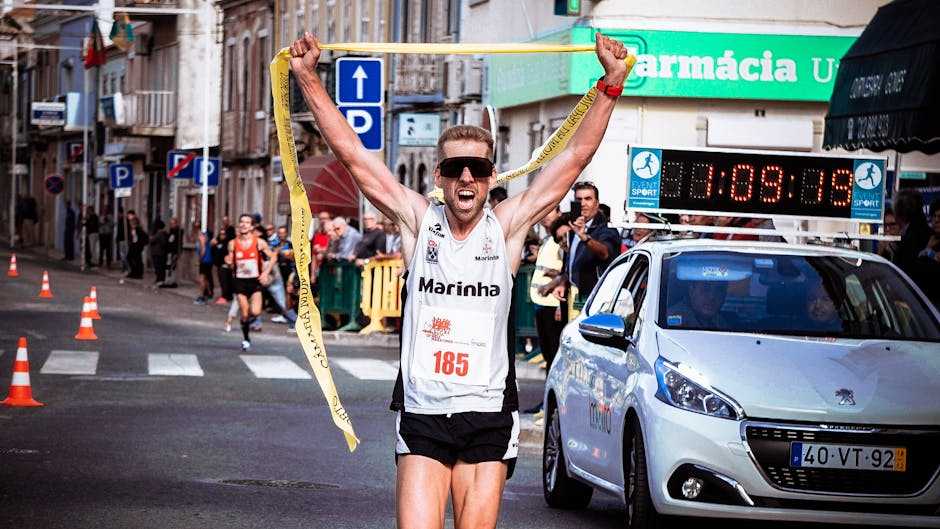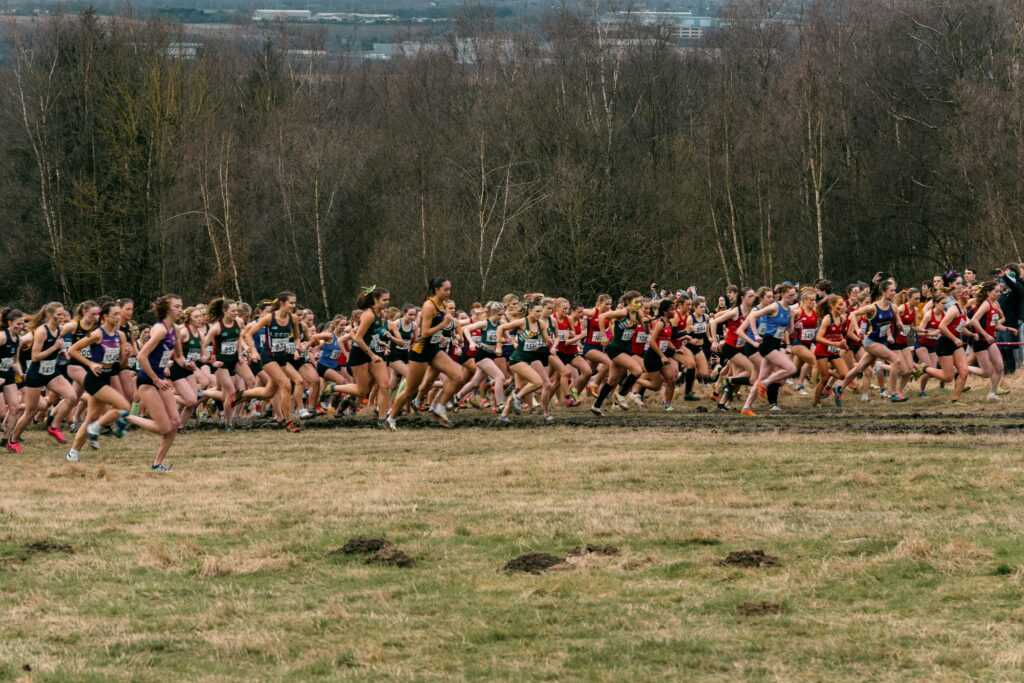The Evolution of Ultra Running
Ultra running has transformed significantly over the years, evolving from small niche events to widely recognized challenges.
Historical Background
Ultra running began as a pursuit for only the most daring athletes. The sport’s roots trace back to the early 20th century when endurance events existed primarily in military contexts.
Soldiers often undertook long-distance marches and runs as a core part of their training. A notable early race was the London to Brighton Ultramarathon, first held in 1951, which laid the groundwork for modern ultra events.
Key Figures in Ultra Running History
Several trailblazers reshaped the ultra running landscape.
- Ted Corbitt, known as the “Father of American Distance Running,” co-founded the Road Runners Club of America in 1958. His influence remains significant in the ultra running community today.
- Another pivotal figure is Yiannis Kouros. Renowned for his extraordinary stamina, Kouros holds multiple world records, including the fastest 1,000-mile run.
- Ann Trason, a prominent female ultra runner, broke gender barriers by winning numerous races overall, not just in the female category.
These key figures and events have collectively contributed to the widespread popularity and evolution of ultra running, making it what it is today.
Profiles of Current Ultra Running Athletes
In examining the current state of ultra running, I spotlight top athletes renowned for their record-breaking performances and rigorous training methods.
Achievements and Records
Jornet, specifically Kilian Jornet, is well-known for setting the speed record on Mount Everest in 2017. He completed the summit in 26 hours, unaided by fixed ropes or supplemental oxygen.
Camille Herron, another prominent figure, set the 24-hour world record in 2019 by covering 167.842 miles (270.116 km) in a continuous effort. Both athletes exemplify the extreme endurance and mental perseverance required in this sport.
Training Regimens of Top Athletes
Kilometer, Kilometer repetitions are critical in Kilian Jornet’s weekly routine. He typically logs 140-200 km with a mix of long runs, hill repeats, and technical trail work.
Strength, Strength conditioning also plays a key role in his regimen, focusing on core stability and leg strength. Nutrition, Nutrition strategies follow a high-carb, moderate-protein diet to fuel extended efforts and aid recovery.
In contrast, Camille Herron’s approach emphasizes high mileage and variety. She often runs 130-160 km per week while incorporating track workouts, tempo runs, and long-distance runs.
Cross-training, Cross-training like cycling and swimming helps her build strength and avoid injury. Additionally, her nutrition plan includes a mix of whole foods, engineered products, and supplements to ensure peak performance.
Psychological and Physical Demands of Ultra Running

Ultra running pushes both mental and physical boundaries. Endurance athletes confront unique challenges requiring unparalleled dedication.
Mental Toughness in Ultra Runners
Endurance athletes develop exceptional mental resilience. Maintaining focus over extended periods tests mental stamina.
Ultra runners employ techniques like:
- visualization
- mindfulness
- positive self-talk
to combat the mental fatigue that often accompanies long-distance running.
Kilian Jornet highlights the importance of mental preparation in his training, advocating for consistent mental drills alongside physical ones.
Camille Herron similarly emphasizes the value of mental strength, sharing that visualization aids her in overcoming race-day anxieties.
The Physical Toll of Long-Distance Running
Ultra running demands extreme physical preparation. Endurance events place significant stress on the body, affecting muscles, joints, and cardiovascular systems.
Athletes need rigorous training regimens, combining high-mileage runs, strength training, and cross-training exercises. Jornet’s routine includes kilometer repetitions and strength conditioning to enhance his muscular endurance.
Herron integrates activities like cycling and swimming to build overall resilience. Nutrition also plays a crucial role; ultra runners often follow specialized diets to fuel prolonged exertions and aid recovery.
Challenges Faced During Ultra Races
Ultra runners experience a variety of challenges that test their physical and mental limits. These obstacles can be particularly daunting, raising the stakes of ultra races.
Weather and Terrain Factors
Ultra races often occur in diverse environments, from mountainous trails to desert landscapes. Adapting to these conditions becomes crucial.
Extreme weather like scorching heat, freezing cold, and heavy rain demands specific gear and clothing adjustments. Even minor weather changes can significantly impact performance and safety.
The terrain itself can present formidable barriers. Steep climbs, rocky paths, and uneven surfaces complicate navigation and increase the risk of injury.
Trail conditions can vary widely, requiring runners to stay alert and adaptable. For instance, mountainous races might demand significant elevation gain, while desert races might pose overheating risks.
Nutritional and Hydration Strategies
Maintaining energy and hydration over long distances is vital for ultra runners. Dehydration and electrolyte imbalance threaten not only performance but also health.
Customizing hydration plans based on individual needs and race conditions helps mitigate these risks.
Nutrition strategies are equally critical. Caloric intake must align with energy expenditure.
Consuming the right mix of carbohydrates, proteins, and fats at regular intervals prevents fatigue and muscle breakdown.
Furthermore, gastrointestinal issues can arise due to the prolonged physical stress, making the choice of digestible, high-energy foods essential. Emphasizing a balance of solid and liquid nutrition can aid in sustained energy levels.
The Impact of Technology on Ultra Running
Technological advancements have transformed ultra running. Modern gear and data-driven tools enable athletes to optimize their performance.
New Gear and App Innovations
New gear enhances comfort and performance. Lightweight, moisture-wicking fabrics reduce chafing and overheating.
Advanced footwear features, like carbon fiber plates, improve energy return and stability. Smartwatches and apps track metrics such as:
- distance
- heart rate
- elevation
For instance, Garmin and Strava provide real-time feedback and post-run analyses, helping runners refine their strategies and monitor progress.
The Role of Data and Analytics in Training
Data and analytics have become integral in training. Detailed metrics inform personalized training plans.
Runners analyze data for insights into their pace, cadence, and heart rate variability. Platforms like TrainingPeaks offer sophisticated tools for mapping workouts and tracking long-term trends.
Data-driven decisions enhance performance and minimize injury risk, leading to more efficient training and better race outcomes.
Technological tools and innovations in ultra running give athletes an edge, making the sport more competitive and accessible.



